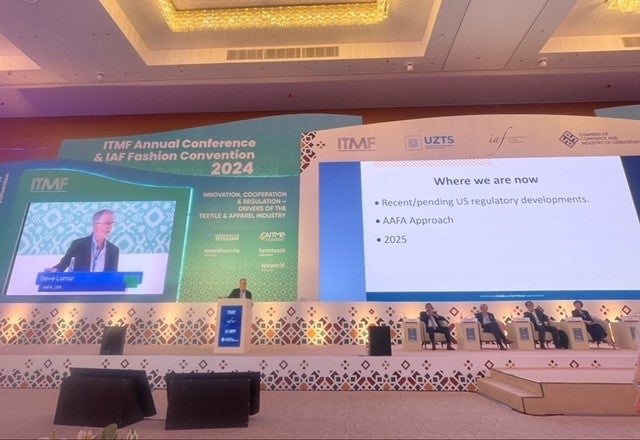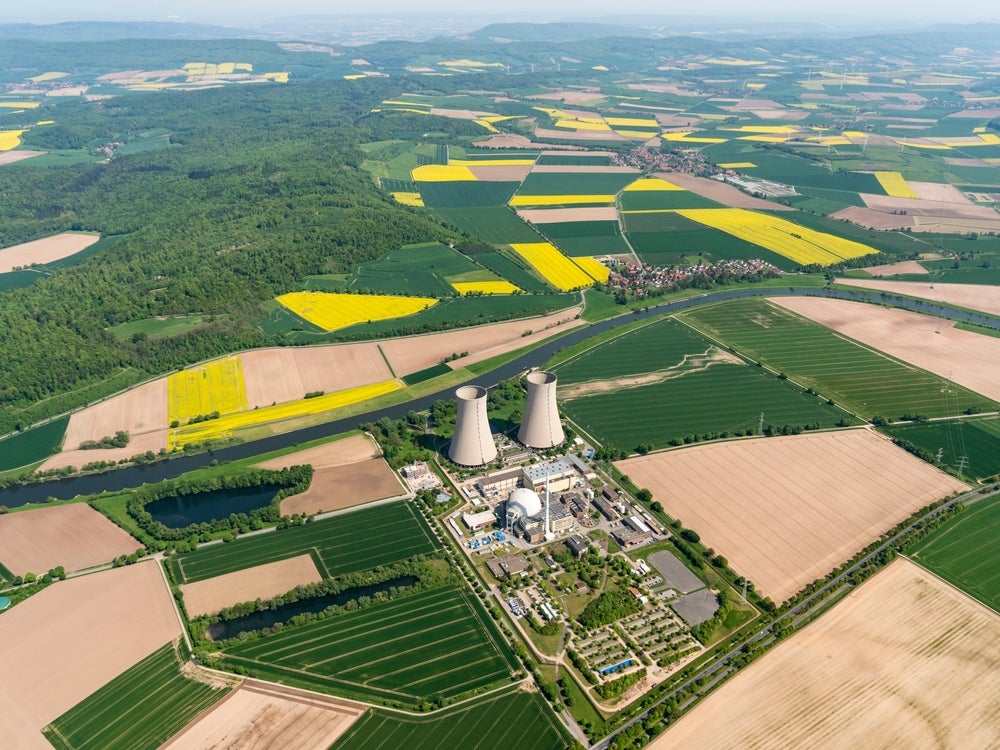Levi Strauss stated net zero commitments and climate transition plans are widely considered to be the "corporate gold standard" for emissions reduction, signalling to investors, value chain partners, fans, and other stakeholders a strong dedication to achieving a 1.5-degree pathway transition.
LS&Co’s chief sustainability officer Jeffrey Hogue emphasised the denim brand's climate transition plan demonstrates its commitment to reaching its targets and working with partners across the value chain to drive collective action against climate change.
He said: "For years, LS&Co has been deeply engaged in fighting the climate crisis and sought to lead by example in tackling one of the most pressing and urgent issues of our time. These steps will not only move us toward our Net Zero climate ambition by 2050 but also strengthen our own business’s resilience to the effects of climate change."
LS&Co's climate transition plan
Levi Strauss claimed that its climate transition plan is "among the first in the apparel sector" and said it is focused on making meaningful progress in three key areas:
- Improving operations: The company will reduce Scope 1 and 2 emissions by investing in energy-efficient technologies and renewable energy solutions, including a Global Energy Management System to guide site decision-making and energy procurement, partnering with utility companies and landlords on decarbonisation efforts, and integrating climate considerations into its partnerships and procurement processes
- Working with value chain: Levi Strauss is committed to reducing Scope 3 emissions by working with suppliers to meet Science-Based Targets initiative (SBTi)-aligned goals, investing in sustainable materials and innovation, offering supplier financing options for energy and emissions reductions, renewable energy, partnerships that accelerate circularity, sustainable cotton farming practices, and more
- Ensuring good governance and planning: Levi Strauss is ensuring its climate transition plan is integrated across the entire business. The company will embed climate risks and opportunities into its annual enterprise and relevant functions’ business plans, seek third-party expert feedback on the plan's development and implementation, and leverage its influence and partnerships to support climate-friendly policies.
Net-zero ambitions in alignment with SBTi
Levi Strauss added that building on the company's past progress, its climate transition plan outlines detailed steps to meet a Science Based Targets
initiative (SBTi)-approved net-zero ambition, as well as near-term goals, including:
- 90% absolute Scope 1 & 2 reductions in GHG emissions by 2025 from a 2016 base year
- 42% absolute Scope 3 GHG emissions reduction from apparel production by 2030 from a 2022 base year
- 100% renewable electricity in all company-operated facilities by 2025
- 50% reduction in freshwater use in high water-stress areas by 2025 (compared to the 2018 base year).
The denim brand highlighted its plan is informed by and aligned with the latest and most ambitious climate science, as well as the Task Force on Climate-Related Financial Disclosure (TCFD), the CDP, and the We Mean Business Coalition reporting frameworks.
Levi Strauss pointed out that to maintain an accurate focus on climate risks and opportunities and to ensure alignment with prevailing and internationally accepted frameworks, the company intends to update its climate transition plan at least every three years.
Additionally, it will publicly disclose progress through regular sustainability reports focusing on three priority areas – climate, consumption, and community.
Levi Strauss signed the International Accord to protect garment workers in Pakistan earlier this month (October), but campaigners have called on the brand to sign the equivalent safety accord in Bangladesh as well.















